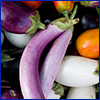The Neighborhood Gardener August 2024
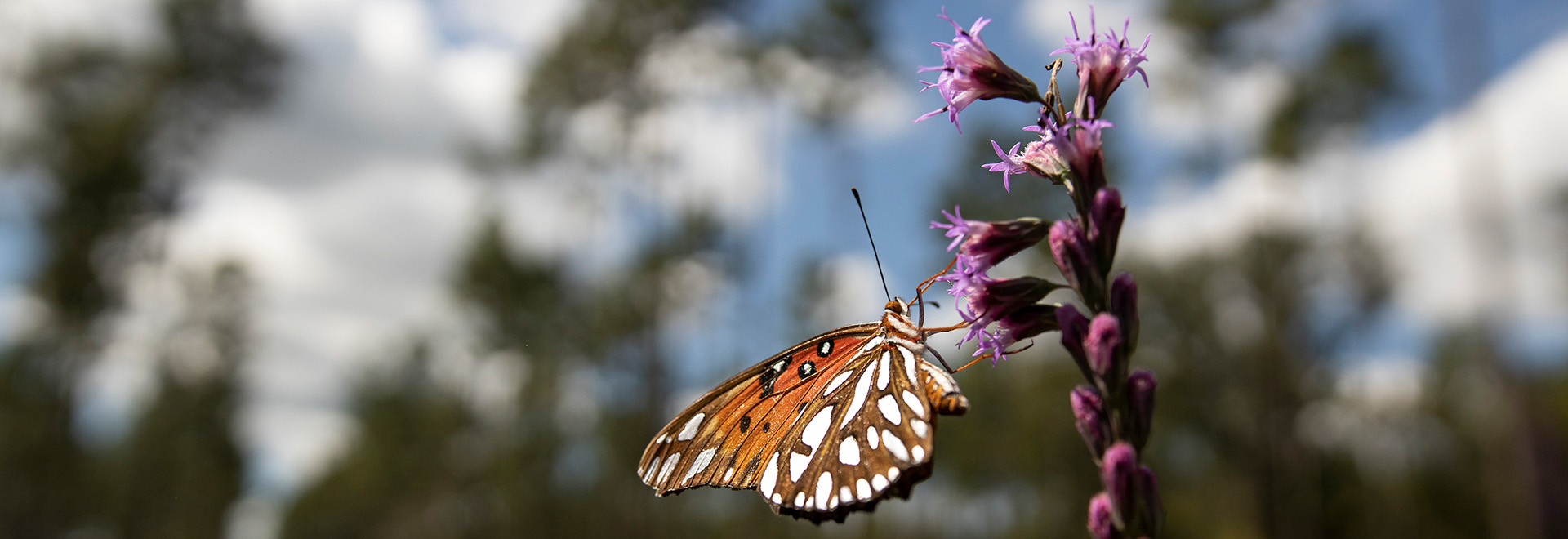
Welcome to our new website design! Send us an email and let us know what you think.
Plant This, Not That
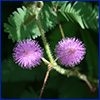
You might be surprised to know that some plants commonly found in Florida landscapes are problematic and some are even invasive. These plants may look beautiful, but they can quickly take over and could even damage nearby natural areas. Replace them with Florida-Friendly alternatives that not only look great, they’ll be better for the environment. Gardening Solutions has four Florida-Friendly alternative plants.
Spanish Moss
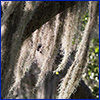
Spanish moss is a trademark of the South. You’ll find it draped across oaks, fences, and telephone lines throughout Florida. Contrary to popular belief, Spanish moss is not a moss and it is not a parasite, either. It actually has an important role in Florida’s ecology, providing shelter for wildlife, including nesting material for birds like the Baltimore oriel. And no, it’s not a tree killer. Learn more about this flowering epiphyte.
Raised Beds
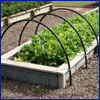
Vegetable gardening is a great way to grow your own food and live a more sustainable lifestyle. Unfortunately, Florida’s soils don’t always lend themselves to growing vegetables. If this is true of your landscape, try gardening in raised beds instead! This gardening technique raises yields and reduces maintenance in your vegetable garden. Learn more about raised-bed vegetable gardening.
Wendy’s Wanderings

Rain is a favorite topic of gardeners. In this category we often have a Goldilocks attitude of too much or too little and not many incidences of just right. Following the recent tropical storm, many Floridians find themselves in the “too much” category. When rain falls on impervious surfaces like rooftops and concrete, it carries pollutants with it to other water bodies — this is known as stormwater runoff. As our communities become more and more paved, stormwater runoff becomes an environmental issue that needs our attention. One solution: a rain garden.
Plant of the Month: Fakahatchee Grass
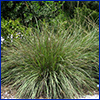
Add a touch of native Florida to your landscape with this ornamental grass. Fakahatchee grass has tall, green, grass-like foliage rising upright to form large clumps — there’s also a dwarf cultivar if you’re limited by space constraints. For those who like the plants in their landscape to benefit wildlife, Fakahatchee grass is the larval food plant for the Byssus skipper butterfly. Learn more about this grass, which happens to be an ideal rain garden plant.
August in Your Garden
The hottest days of summer limit planting now to only heat-tolerant annuals like vinca, salvia, celosia, and coleus. In the vegetable garden plant eggplant, peppers, and tomatoes. Pinch back poinsettias before the end of the month to allow time for buds to form for winter bloom.
For more month-by-month gardening tips, check out the Florida Gardening Calendar. Three different editions of the calendar provide specific tips for each of Florida’s gardening regions—North, Central, and South.
What’s Going On?
If your Master Gardener Volunteer program or Extension office is having an event, be sure to share it with us.
Subscribe!
Receive the Neighborhood Gardener every month by email
